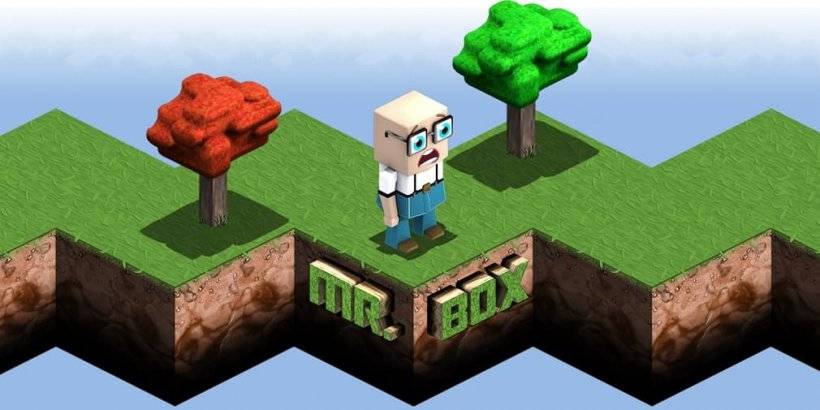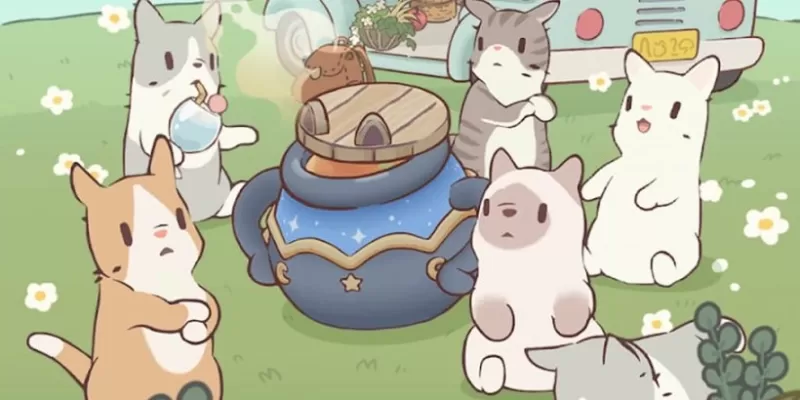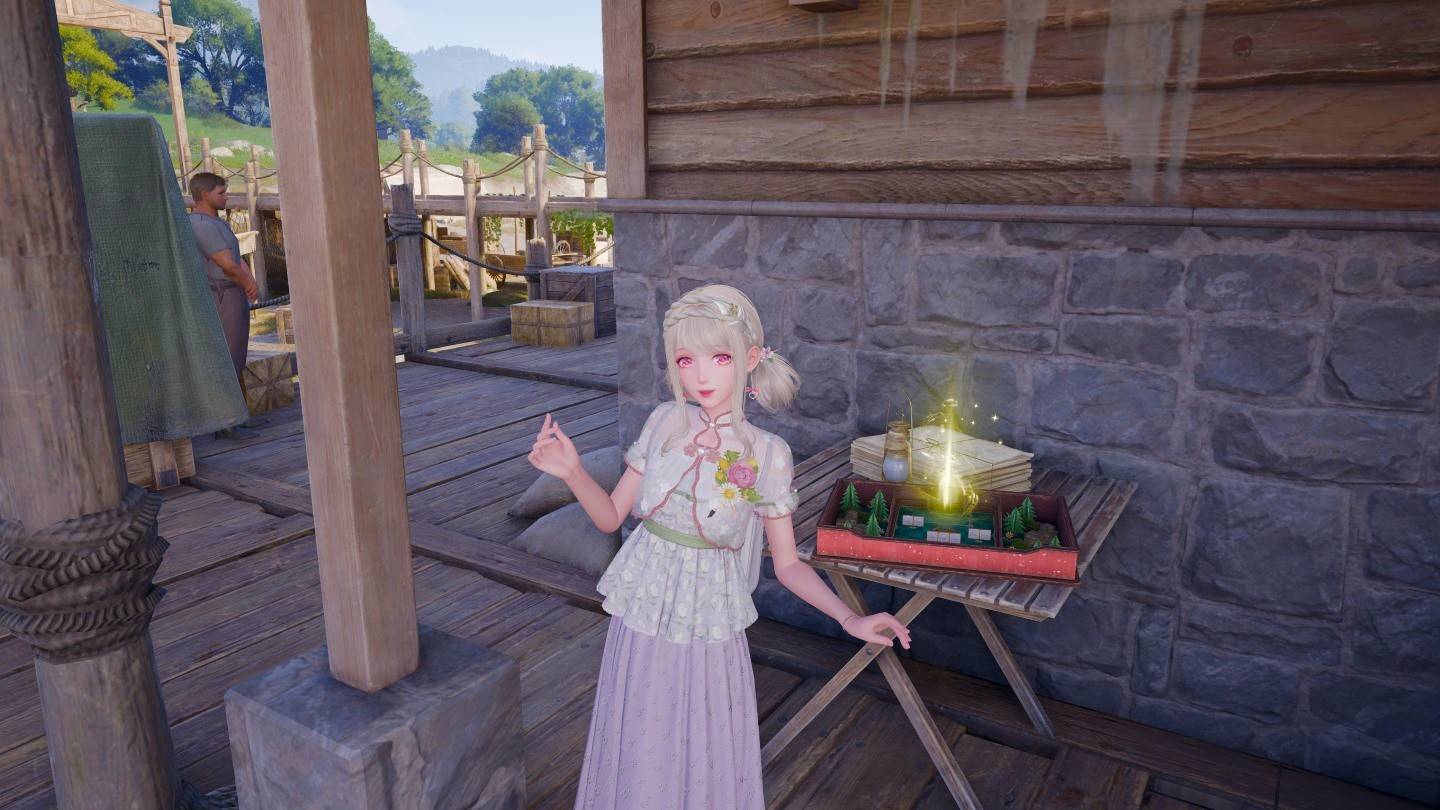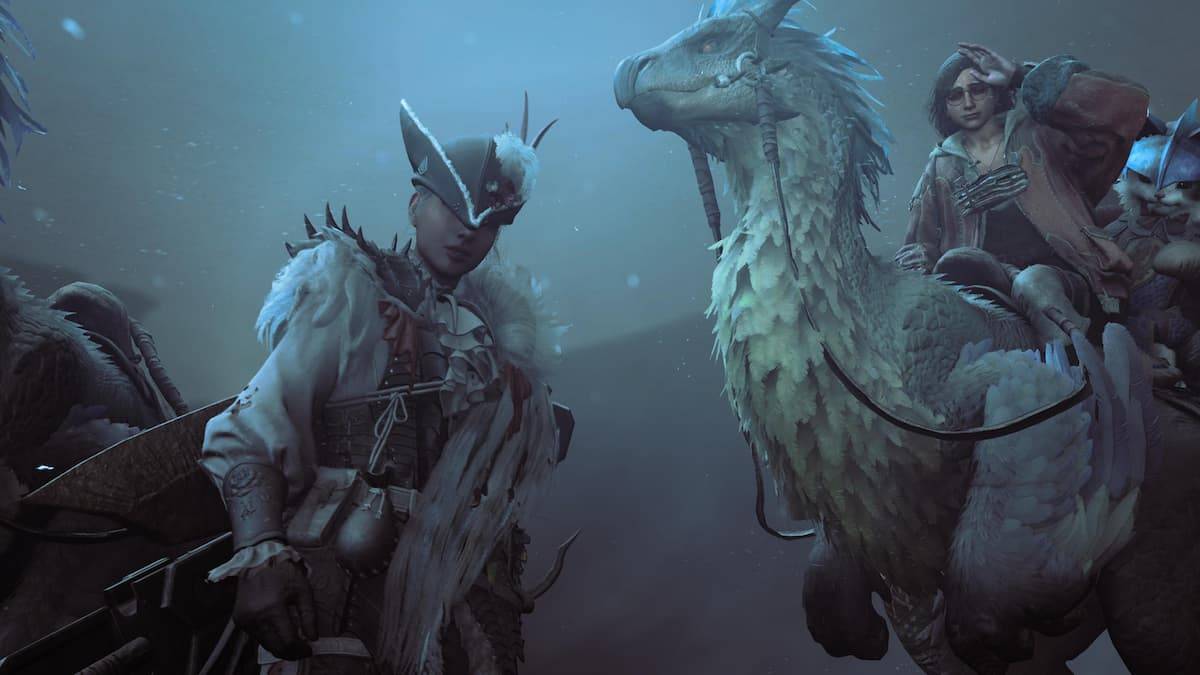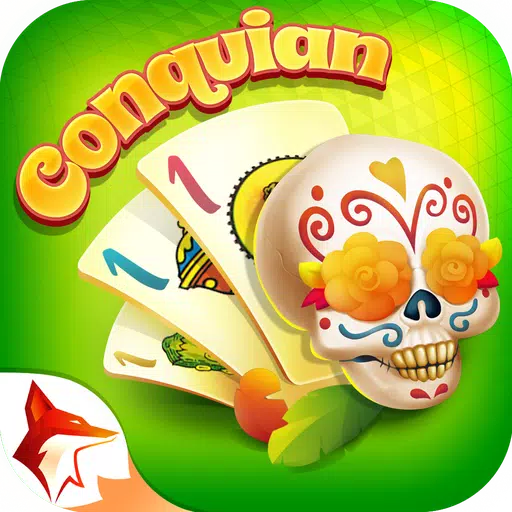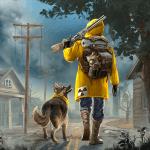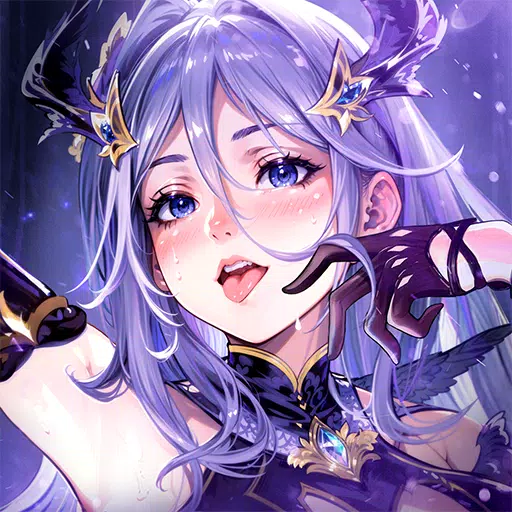
The narrative of Monster Hunter is often overlooked due to its seemingly straightforward structure, but there's more depth than meets the eye. Let's delve into the themes and stories that enrich this iconic series.
← Return to Monster Hunter Wilds' main article
Evolution of Narratives in Monster Hunter
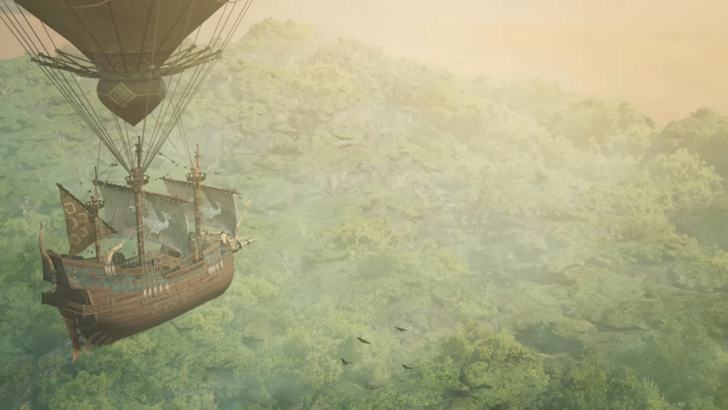
While the Monster Hunter series may not be primarily known for its narrative, it does have a story that weaves through its mission-based gameplay. Many fans might argue that the story takes a backseat, but it's there, subtly guiding the player's journey. Let's explore whether the narrative is as simple as it seems and uncover the deeper themes within the mainline series.
How It All Starts
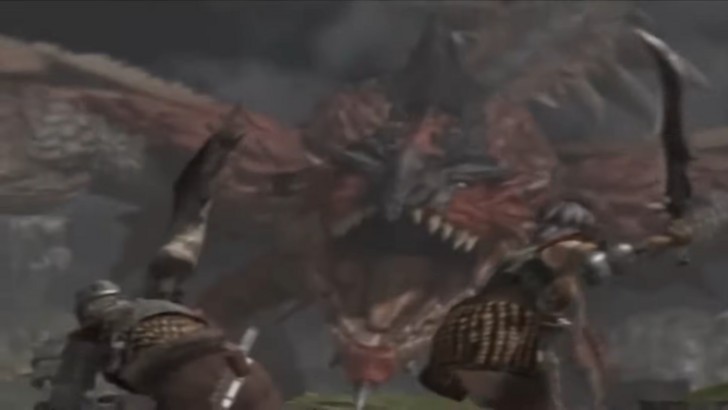
The Monster Hunter games typically follow a familiar pattern: you begin as a novice Hunter, taking quests from the village elder or leader. As you progress, you hunt increasingly challenging monsters, aiming to become the top-ranked Hunter in your village. This cycle is consistent across the series, but recent titles like World, Rise, and their expansions have introduced more structured storytelling.
Protecting the Natural Order

A recurring theme in the Monster Hunter series is the Hunter's role in maintaining ecological balance. For instance, in Monster Hunter 4, the Gore Magala's Frenzy Virus threatens this balance, making monsters more aggressive. By defeating the Gore Magala, the Hunter restores order, but the narrative complexity deepens in Monster Hunter: World and its Iceborne expansion.
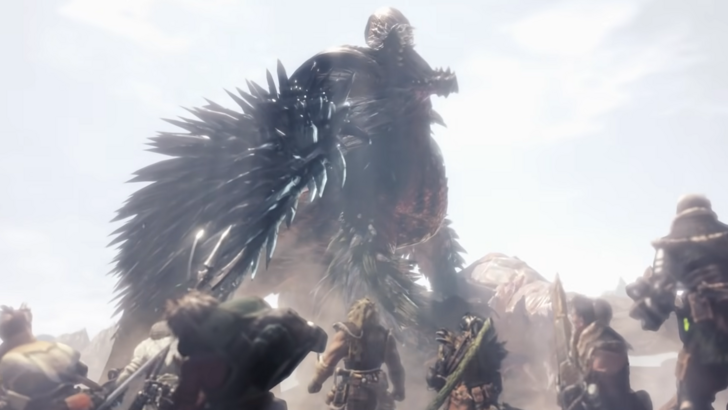
In Monster Hunter: World, the narrative explores humanity's responsibility to nature. The game's ending introduces Nergigante as a natural force of balance, while the Iceborne expansion reflects on the Research Commission's role in understanding and respecting nature's course. This theme underscores the idea that nature adapts and thrives independently of human intervention.
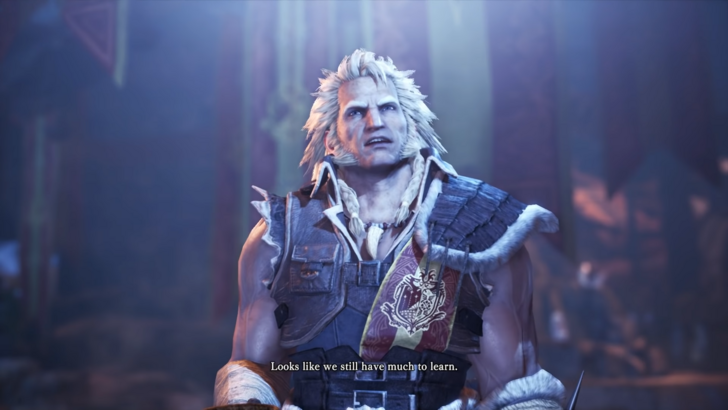
The somber tone of Iceborne's ending contrasts with the base game's triumphant conclusion, highlighting the ongoing learning process for humans in their relationship with the natural world. This narrative arc enriches the game's thematic depth, showing that the series is more than just a battle against monsters.
Monster in the Mirror
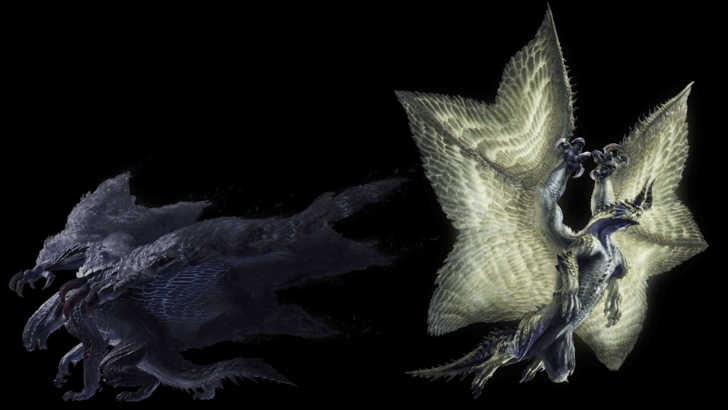
The narrative also reflects the evolving relationship between Hunters and monsters. In Monster Hunter 4, the Gore Magala's transformation into Shagaru Magala mirrors the Hunter's progression, suggesting a symbiotic evolution. This theme is further explored with the Ahtal-Ka in Monster Hunter Generations Ultimate.
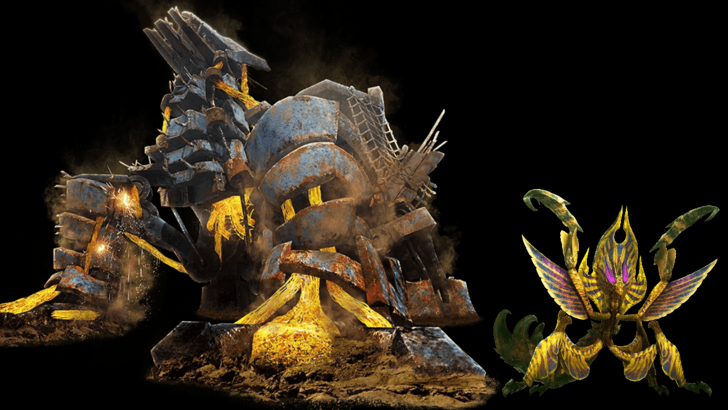
The Ahtal-Ka, a seemingly innocuous bug, transforms into a formidable final boss by piloting a mech made from battlefield scraps. Its use of weapons and structures typically associated with Hunters reflects a clever inversion of roles, showcasing the adaptability and ingenuity of both the monsters and the Hunters. This narrative element suggests that monsters, like Hunters, adapt and learn from their encounters.
Man Versus Wilds: Your Story
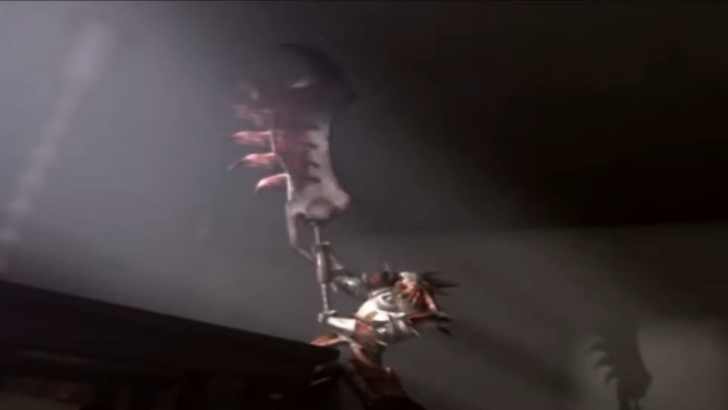
At its core, Monster Hunter is about the player's journey of growth and mastery. The series captures this through personal challenges, such as the initial encounter with the Tigrex in Monster Hunter Freedom 2. Starting with minimal gear, the Hunter is knocked off a cliff, setting a clear goal: to overcome this formidable foe.
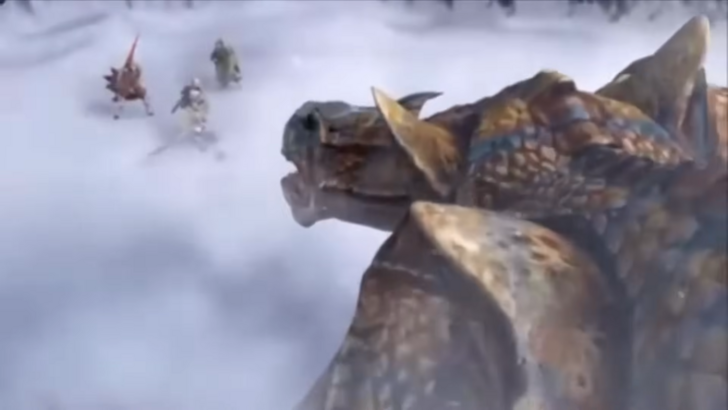
As you progress, returning to the same location to face the Tigrex again symbolizes your growth and the narrative of overcoming adversity. This theme resonates with players, much like the satisfaction of conquering difficult challenges in the Souls series.

While newer games like Monster Hunter Wilds are leaning more into structured storytelling, the series has always been about personal narratives of triumph and growth. The Monster Hunter franchise may not boast the most intricate plots, but it excels in crafting memorable experiences that players carry with them long after they've put down the controller.

